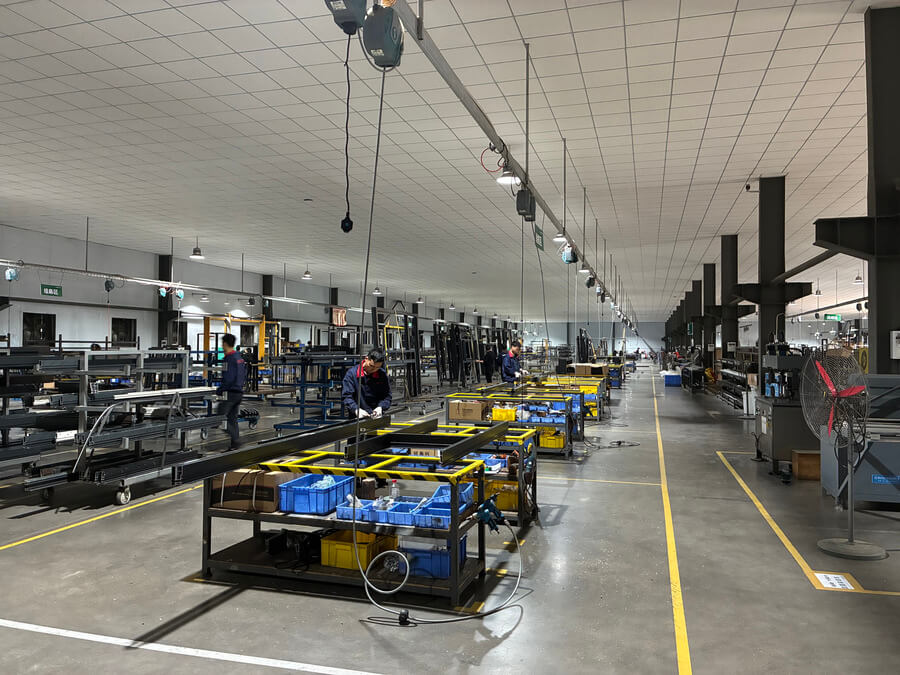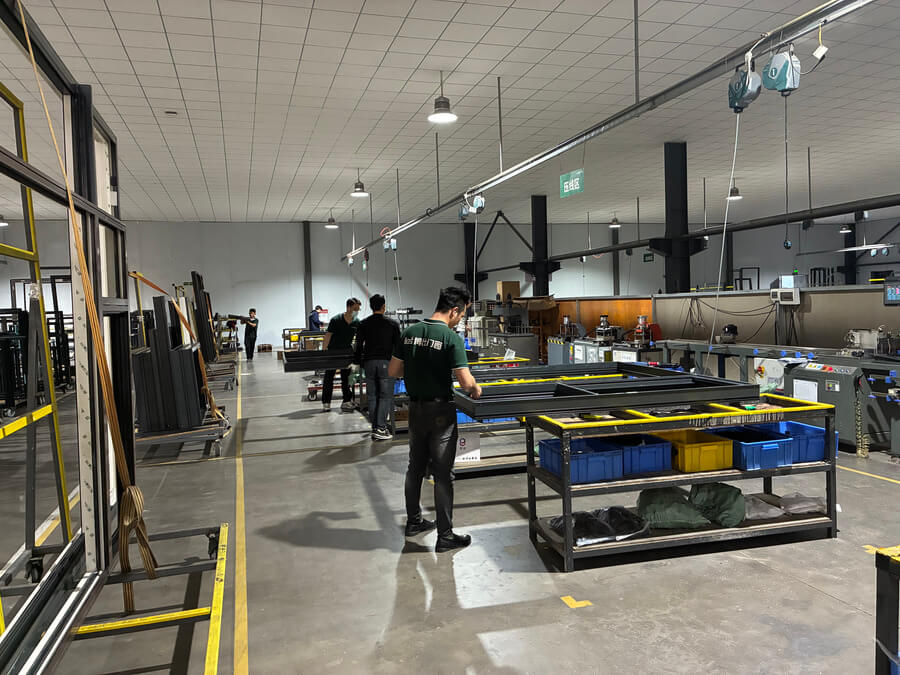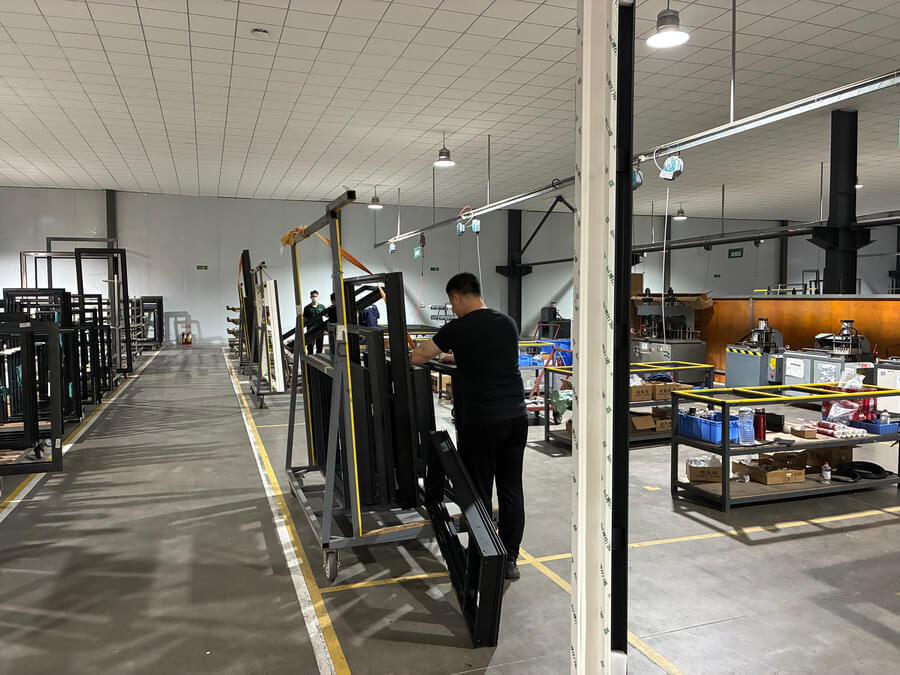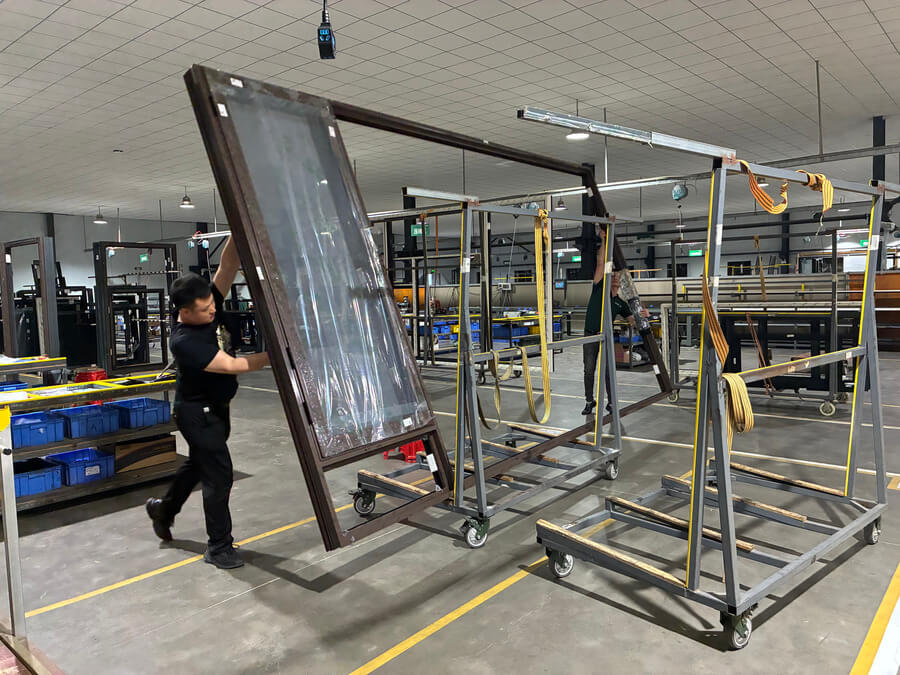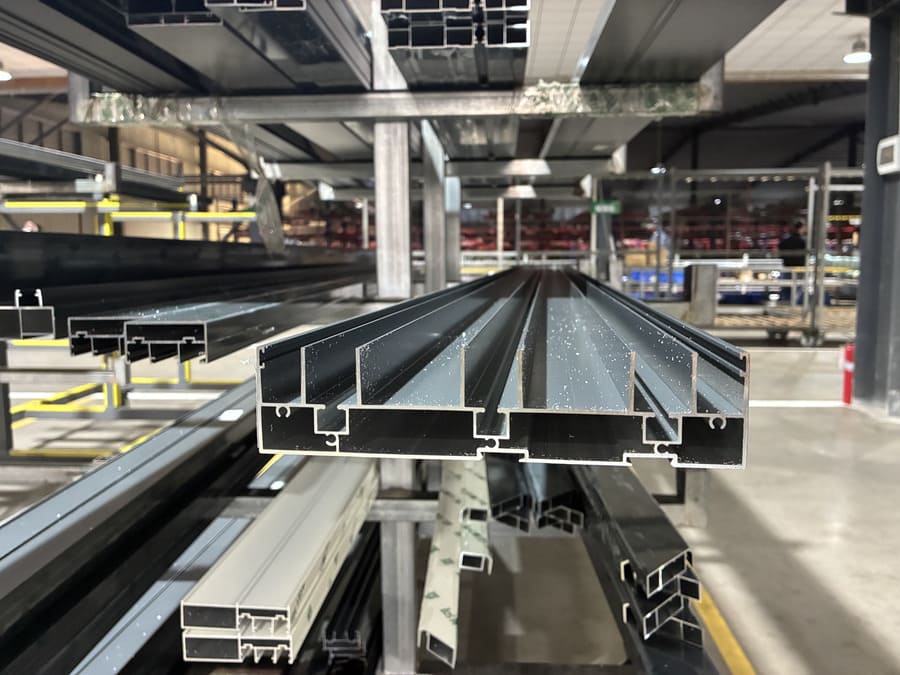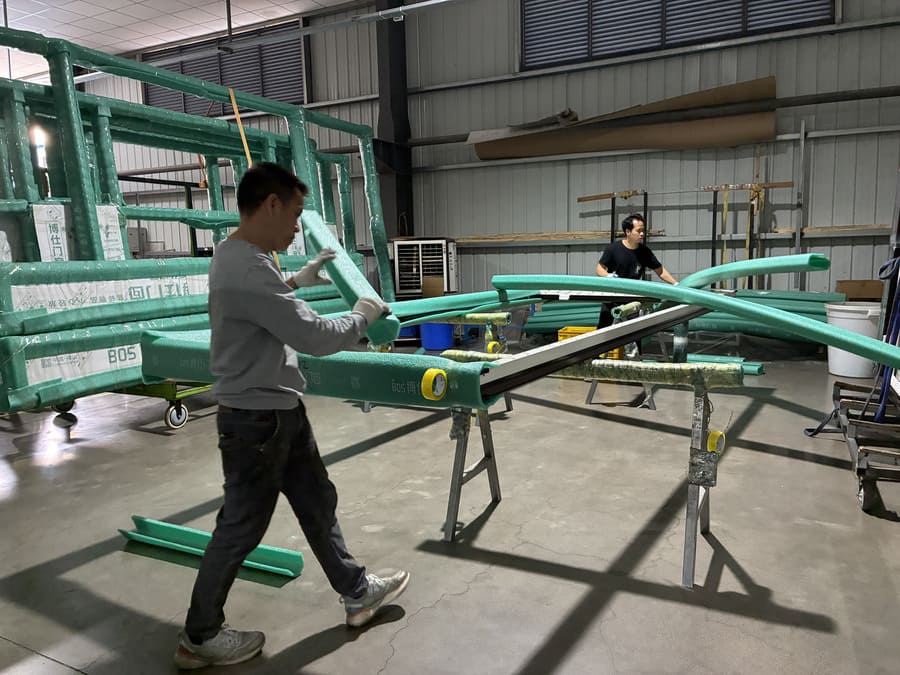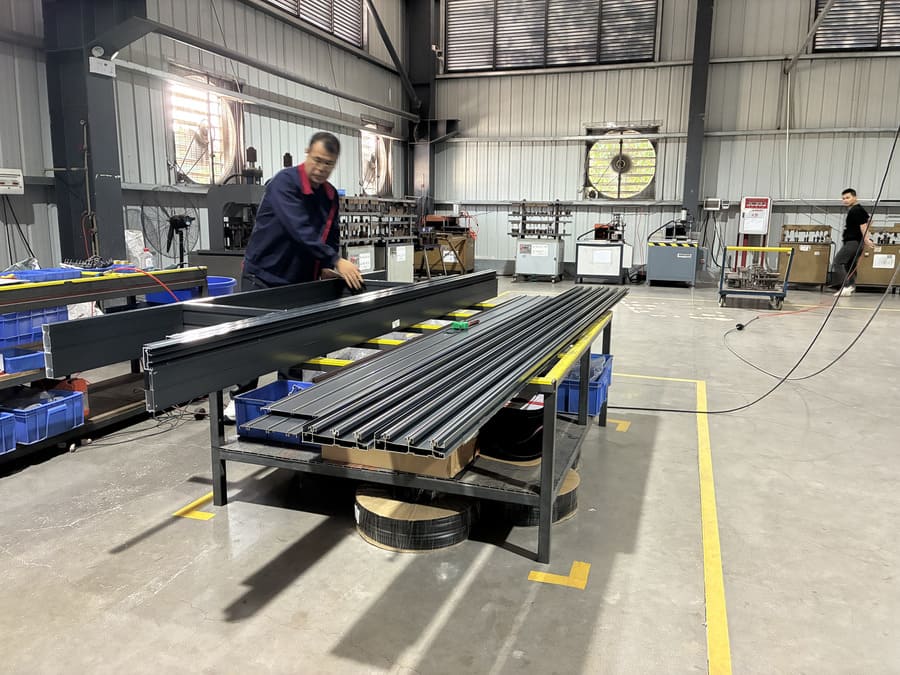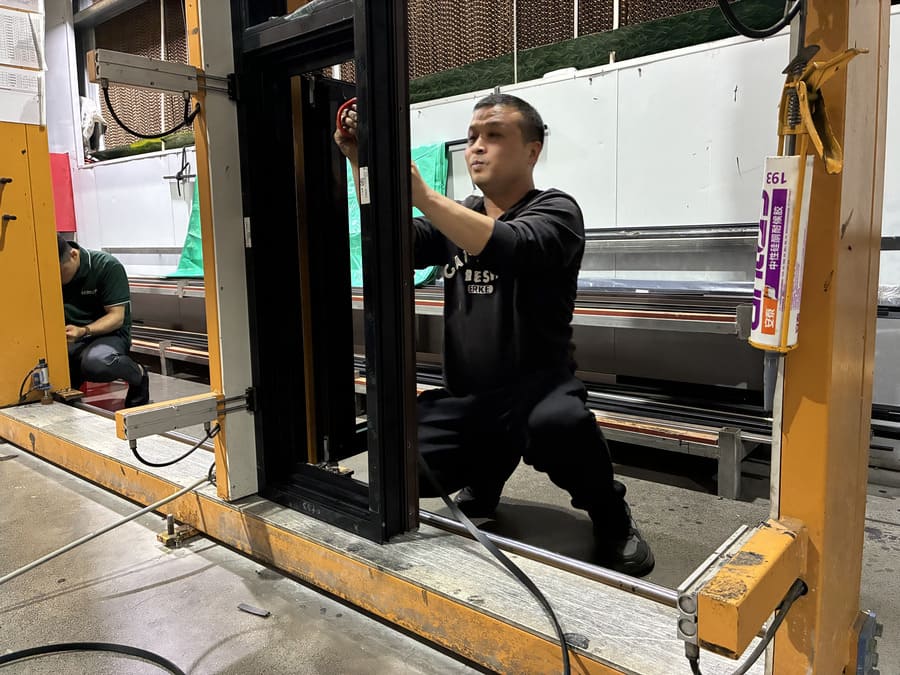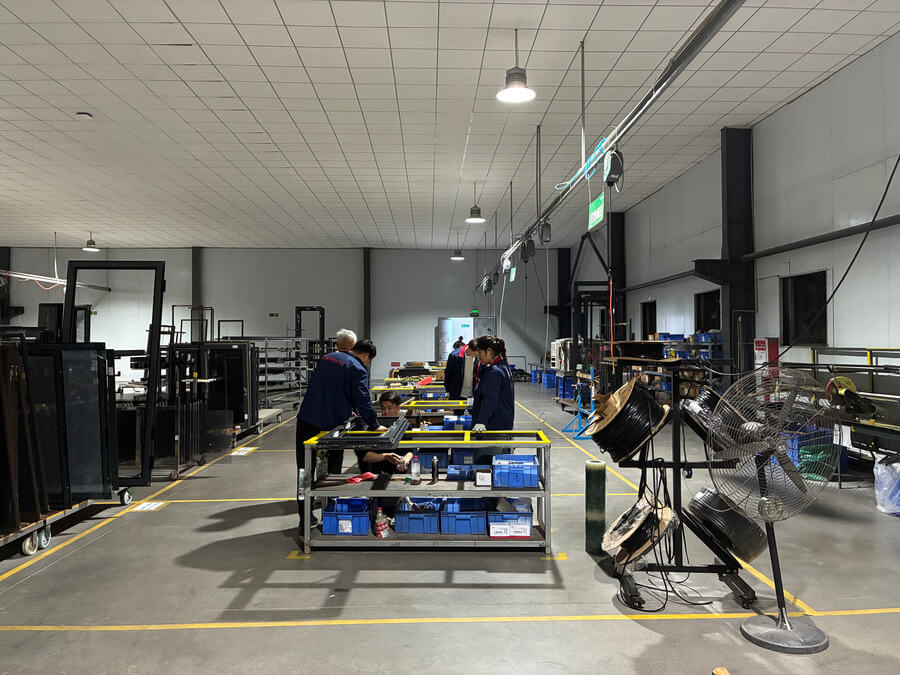Different Types of Glass for Windows
Builders, contractors or homeowners rely on several glass options to satisfy their diverse needs. Here are some of the common types of window glass tailored to the dynamic needs in your home:
Float Glass

Float glass or polished plate glass is a standard clear glass commonly used for windows or milango ya patio in most buildings. The float glass is a fragile, economical base glass with a smooth surface, which makes it ideal for constructing low-cost windows, especially in areas where safety isn’t a priority.
Float glass is created by floating molten glass on a bed of molten tin. The tin is usually a flat surface denser than the glass, which offers a perfectly flat surface for the glass. The glass material hardens gradually as it cools and is cut to the desired shape. This type of glass is in high demand since it is the base form that window glass manufacturers engineer to create other glass types.
Annealed Glass
An annealed glass, also known as standard glass, is a float glass that has undergone the annealing process. This process involves using blasts of cold air to slowly cool the pane of glass on one side to prevent internal stresses and imperfections. Consequently, it makes this standard glass more durable, extremely clear, and less likely to break. Moreover, you can use annealed glass to form other window glass, especially tempered and laminated glass.
Kioo cha Laminated

This glass type possesses an internal PVB core that makes it nearly unbreakable. It is a standout choice for superior security and safety in skylights to prevent falling glass shards. Glass window manufacturers produce laminated glass by sandwiching a thin polymer interlayer like PVB (polyvinyl butyral) or EVA (ethylene-vinyl acetate) between two or more glass sheets. This keeps the glass together if broken to reduce the risks of injuries.
Most home builders often use laminated glass due to its additional benefits of sound insulation and blocking about 99.9 percent of harmful UV rays, safeguarding fabrics and furnishings from fading under direct sunlight exposure. More importantly, laminated glass will not shatter apart even when broken, making it a safe choice for any areas such as storefronts.
Low Emissivity (Low-E) Glass

The low-emissivity glass is a commonly used type of energy-efficient window glass with a special microscopic coating that minimizes heat transfer and reflects heat inside the living space. For this reason, low-e glass can reduce energy costs and provide a more comfortable living environment by lowering heat loss in the winter and heat gain in the summer.
Glass manufacturers apply magnetron coating on the low-e glass to enhance its energy efficiency properties and block harmful ultraviolet rays. This glass coating is often a mixture of oxides and metals like silver that merges with the glass surface.
Low-emissivity coating can reduce the impact of radiant heat transfer from the sun in the form of infrared light shining through your window and heating things in your living space. Since the coating is microscopically thin, often thinner than a human hair and invisible to the eye.
Kioo chenye hasira
The tempered or toughened glass is a stronger and more durable type of glass. It is often subjected to heating and cooling operations to make it more impact-resistant. Tempered or safety glass exhibits four to five times the strength of annealed glass of similar thickness. Additionally, it shatters into smaller, harmless pieces instead of sharp shards when broken to mitigate the risk of injury.
Tempered glass is otherwise known as safety glass. Moreover, this impact-resistant glass is a primary requirement by the International Residential Code in glazed windows and doors at ground level or in hazardous regions. Furthermore, it is a perfect type of window glass for areas where safety considerations a paramount in your building. Since sliding doors or internal glass doors are a target for accidents for large dogs or children to run through, the safety glass provides the desired peace of mind and greater security if you have large pets or small children in your home.
Heat-Strengthened Glass
Heat-strengthened glass is a semi-tempered type of glass with increased strength. It usually exhibits twice the strength of annealed glass. The process involves heating annealed glass to about 700-1200 degrees or more and cooled quickly, although not as quickly as tempered glass, to ensure reduced tension within the glass.
However, heat-strengthened glass can still break and shatter into larger, sharper fragments even though it is considerably stronger than lower grades. Also, you might have to laminate heat-strengthened glass before you can use it for exterior windows. Builders often use heat-strengthened glass in high-temperature regions where thermal stresses may impact annealed or clear float glass.
Textured/Obscured Glass


Obscured glass is otherwise called patterned or privacy glass. This is a type of glass that provides more privacy in any space without necessarily installing blinds. Builders usually install obscure glass in areas like bathrooms, bedroom windows overlooked by a neighbor, or glazing in a front door facing a road.
The obscure glass comes in two types: acid-etched glass and textured glass. Acid-etched glass possesses a frosted appearance that can be formed as a solid frost or in a pattern. The textured glass is made by pressing a piece of molten glass into a pattern mold to form a tactile pattern on the glass once it cools. Textured glass can be fully obscured or allow some level of visibility through it, depending on the applied pattern.
Acoustic Glass

Acoustic glass is a specialized type of window glass often included in noise reduction windows. It comprises two panes of glass embedded with special soundproofing or acoustic interlayers designed to block or reduce sound waves of different frequencies.
The acoustic window glass basically uses different surfaces and asymmetric thicknesses of the glass panes to reduce noise and sound waves. This window glass is best for areas near sources of noise, such as highways, railway stations, factories, and airports.
Mirrored Glass


Mirrored glass is famous for its reflective surface, which reflects images and light. It has a film that serves as a one-way mirror. During the day, the interior becomes darker while the outside becomes brighter. The glass provides privacy from outside glare since the film reflects natural light inwards like a mirror. Nevertheless, the mirrored glass window is not a perfect mirror since it might make some shapes discernible.
The mirror glass effect declines at night due to the brighter lights inside the house, allowing visibility from outside. However, it is potentially limited based on the brightness difference.
Decorative Glass


Decorative glass (aka tinted glass) refers to the glass with designs or patterns on its surface. These designs often help prevent the glass from being completely see-through. In a way, it is similar to obscured glass because it provides privacy.
Tinted glass type of window glass has a special coating that inhibits intense sunlight entry and lowers the amount of heat allowed into a building. Watengenezaji wa madirisha create tinted glass in a variety of tints and shades to match the different needs and architectural style of your home.
Kioo kisichopitisha joto
Insulated glass is well known for its ability to hinder the sun’s heat from passing through a window. More so, the space between the glass panes traps heat on one side of the glass, inhibiting the transfer of heat along a thermal bridge. Therefore, insulated glass keeps more heat inside during winter and keeps the heat outside in summer.
The spacer bar helps to add krypton or argon gases for insulation between the panes of glass. These gases are usually odorless and colorless and have more weight than air. This inert gas helps improve the window’s U-factor and solar heat gain coefficient (SHGC). These indicators measure the ability of a window to keep out heat rays from the sun. However, the gases will be exposed if the glass breaks, and protection levels will deteriorate.
Wired Glass


Wired glass, otherwise called Georgian wired glass, is a type of window glass with an embedded wire mesh in its structure. Its increased durability and safety allow it to withstand high temperatures for longer periods. More importantly, the wire mesh holds the glass fragments together when it cracks under extreme heat conditions, quickly preventing the spread of flames and smoke. For this reason, the wired glass is an ideal choice for certain areas of the building with fire safety regulations, such as fire doors or service elevators.
Fluted Glass
Fluted (aka reeded, raindrop, or bubble glass) is a kind of textured glass for windows. It has stripes that pass through the glass pane from top to bottom like glass stalks. The glass becomes less see-through when the stripes are wider, and allows more glare from outside when the stripes are not so wide. The fluted glass has a bumpy surface that makes it seem like it has raindrops on it.
How many Panes of Glass Do You Need in windows and Doors?

It wasn’t until the 17th century that glass windows became a standard feature in the average building even though the production of glass objects dates back to the early 2,500 BC. Besides, home builders have always filled windows with a single pane of glass for over 300 years. Single-pane glass is the traditional window glazing type. It is mostly affordable and functions as intended by allowing light into the room, views of the outdoors, and keeping wind, flying debris, and rain away from a home.
However, a single pane of glass exhibits limited glass performance and is not really effective at keeping homes cool in summer or warm in winter. For this reason, residential home builders began to merge two panes of glass in a window in the 1950s due to their better insulation properties. Builders keep the double-pane glass separated with a small air space or sealed air. The motionless air or pressurized gas like argon or krypton in double pane windows serves as an insulator and minimizes condensation buildup in the winter or colder climates. The combination of two panes of glass in window installation reduced the dependence on storm windows and fostered greater improvements in constructing reliable and efficient windows.
Wakati double-paned windows are the most commonly used type of window, some homeowners and contractors opt for triple-pane windows because they provide an optimal level of insulation among the three window glazing types. The triple-glazed window is the standout choice for eco-friendly residential buildings because it consists of three panes of glass with two gas-filled or sealed air spaces. This additional glass layer and insulation significantly improve energy efficiency, reduce heat loss, and increase sound insulation. Triple-pane glass window is best for houses in locations with extreme temperatures, harsh climates, or high noise levels since it provides exceptional noise reduction and thermal comfort.
Mambo muhimu ya kuchukua

Glass for windows is available in various styles and designs, each with unique features and benefits that cater to the needs of your family and home. Although it can be hard to decide on the perfect window glass type for your home since there are many options, remember to choose the one that satisfies your specific needs.
If you ever need the help of professionals to choose the perfect type of glass for your home window, Boswindor is here for you! Our team of seasoned glass specialists can provide solutions that help optimize each room in your home with our unmatched craftsmanship and made-to-order window and doors.
Wasiliana nasi now to get started with your glass window project. We offer free window glass design consultation and can make a significant impact to help you enjoy the comfort and ambience of your living spaces.
Maswali Yanayoulizwa Mara kwa Mara
Why Use Compressed Gas in Insulating Glass for Windows?
Glass manufacturers have designed means of achieving greater insulating values by maintaining about half-inch spacing and filling it with argon. Argon is an inert gas often found in breathable air. This form of assembly is often called an insulating glass unit. Even though insulating glass improves thermal performance, low-E coatings typically influence indoor comfort levels.
What are the Factors to consider when determining the Right Window Glass Type for your home?
When you have to choose the right type of window glass, you must keep the following things in mind: regional regulations and building codes, UV protection, energy efficiency and sustainability, security, maintenance needs, aesthetics, and budget.







